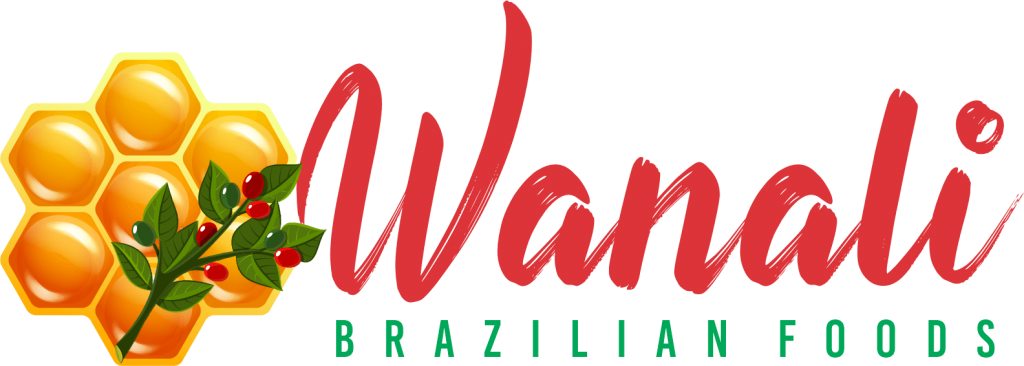This post is also available in:
 Português (Portuguese (Brazil))
Português (Portuguese (Brazil))  Deutsch (German)
Deutsch (German)  Español (Spanish)
Español (Spanish)

The Brazilian agriculture began in the Northeast region of Brazil, in the 16TH century, with the creation of the so-called “hereditary Capitanias” and the beginning of sugarcane cultivation.
Based on monoculture, slave labor and large latifundia, agriculture would remain basically restricted to sugarcane with some different crops for subsistence of the region’s population, but of little expressiveness.
Only from the EIGHTEENTH century with the mining and the beginning of the coffee plantations, which from the NINETEENTH century would be the main Brazilian product, is that the cultivation of other vegetables begins to gain more expressiveness. Many machines are abandoned and sugarcane activity is stout due to the transfer of labor to mining and coffee cultivation.
As occurred with the period of great sugarcane production, the height of coffee growing in Brazil represented a new economic phase. Therefore, we can say that the history of agriculture in Brazil is intimately associated with the history of the development of the country itself. Even more, when considering the period from the NINETEENTH century when the coffee became the main article of Brazilian export, shortly after the decline of mining.
But the cultivation of coffee, which throughout the NINETEENTH century would make fortunes and strongly influence the politics of the country, begins to decline around 1902 when the crisis reaches its culminating point, Brazil produced more than 16 million bags of coffee while the consumption m Orld Little exceeded the 15 million causing the price of the coffee, which was already in decline, reached 33 francs (well less than the 102 francs of 1885).
In this way, there was a need to diversify the economy, which, among other activities beyond the industries, began to value other types of crops. In addition, the increase in the urbanization of the country also demanded the increase of the cultivation of raw materials. But, this change would take shape even, only from the decade of 1940.
Currently, according to data from the last survey conducted by IBGE in November 2007, 58,033.075 ha of land is cultivated in Brazil. Sugar cane is still predominant: 514.079-produced, 729t against 58.197, 297t of soybean in grain. As for coffee beans, it responds for about 2.178, 246t.
Source: Brazilian Agriculture

